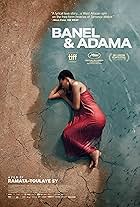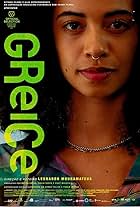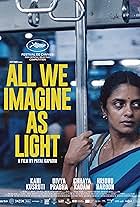Shot in black & white, the movie has a beautiful and elegant cinematography where the actors seem not only to be part of the story onscreen, but also muses to an artist who chose cinema as his canvas. Symmetric shots that capture how alluring the views are, almost inviting us to be part of the ecosystem, and shots where doors and natural elements of the rooms offer stylistic frames and composition devices to what is being produced. There were moments where the visuals had a resemblance to Michelangelo Antonioni's L'Avventura where those beautiful vistas, often by the sea, presented more than a picturesque background to portray Monica Vitti or Lea Massari.
Passionate performances, especially a strong lead by Wafa'a Celine Halawi, that expose how sometimes a gaze can leave little to disclose. This is a drama story with Emilie in its center. She and her brother Emir, after the death of their parents, are fleeing from the war in Lebanon and planning to start a new life in Brazil. While journeying, she meets Omar and falls for him. A love that will find resistance in her brother on the basis of Omar's religion. A forbidden love story that illustrates how differences might be of no importance where love is present, but also how they can be the spark that ignites problems that hadn't existed before. To Emir, the fact Omar is Muslim poses a divide to their Christian's values that cannot be easily bridged. A divide that presupposes collective guilt where none is found. This not only speaks of the harm prejudices can pose, but also of how ideology functions in taking away the activity of thought by their ready-made worldview where the good ones and bad ones are differentiated by a clearly visible line.
Marcelo Gomes evokes the feelings of liberation when the story takes place in the boat. A liberation not without its lurking and ominous past in the always present grave machinery sounds of the ship. A reminder of the war that is being left behind in terms of spatiality but not in terms of memory. He also depicts the reality of migration and how it affects an individual's identity. The expansive, wide landscapes posit a dichotomy to the small, almost claustrophobic, chamber of the siblings aboard the ship. If Retrato de um Certo Oriente finds its greatest asset in its cinematography and the leading performance, then it finds its greatest liability in an uninteresting course of events by reason of underdeveloped characters and an absence of enough tension. The promising start shapes to an uneven middle act and a last act, whose promises for more were not realized. This doesn't make it a bad movie, but not necessarily a good one either. The same story was told numerous times before.






















